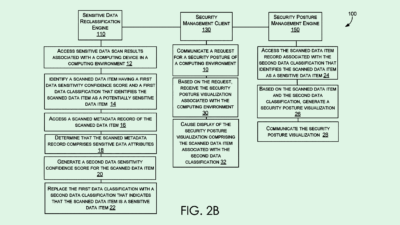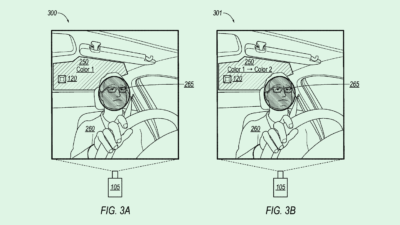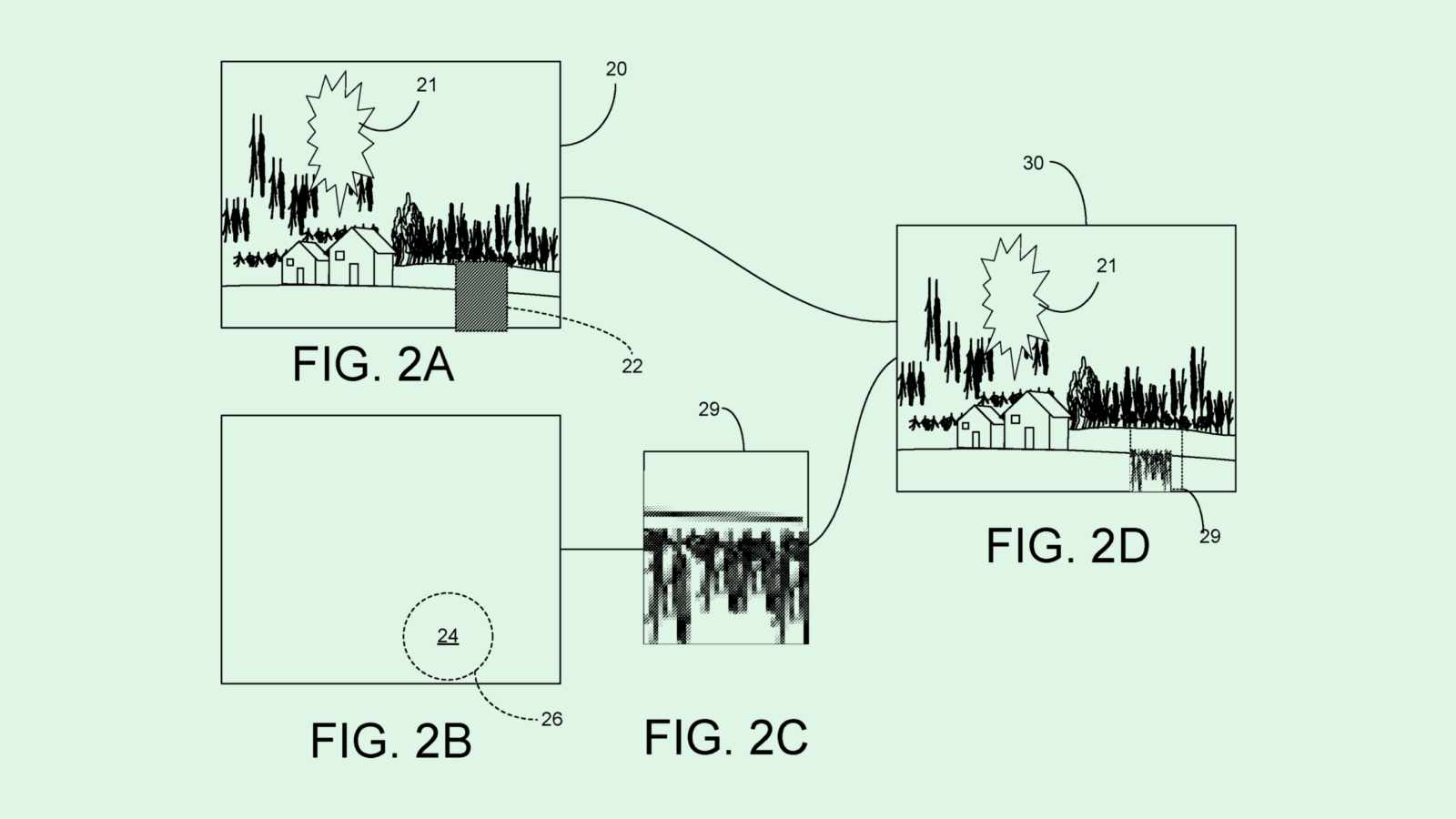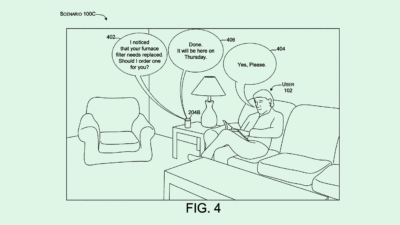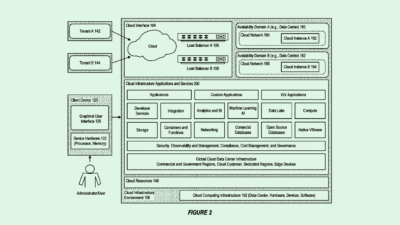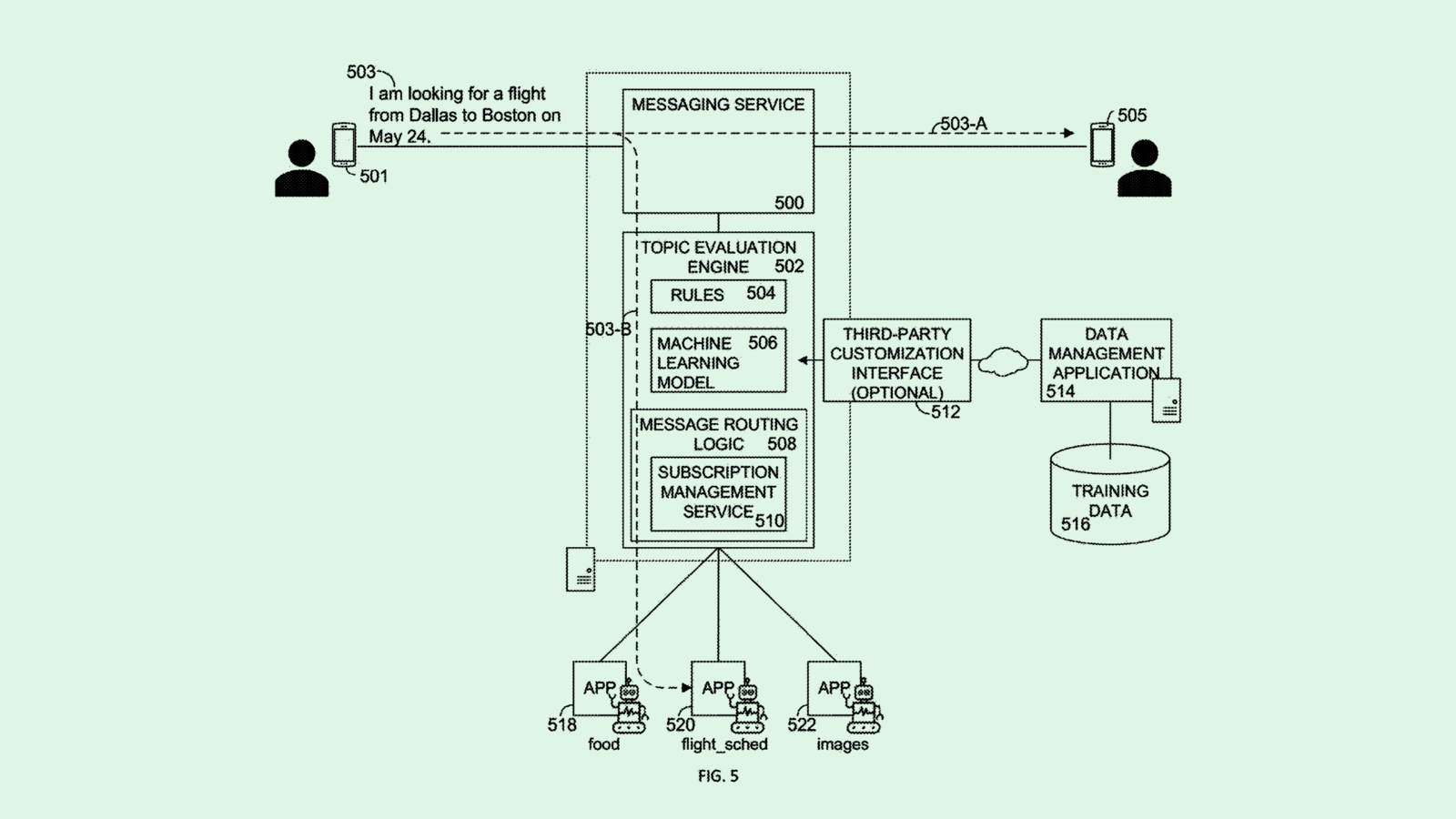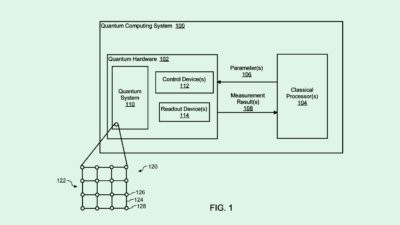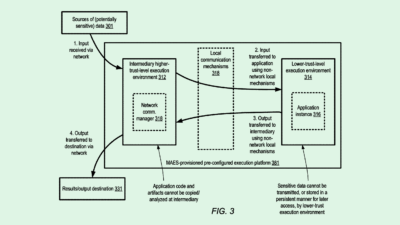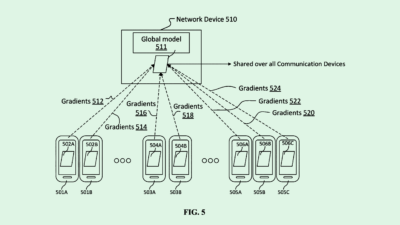Apple Ring Patent Highlights Potential Plan to Expand Product Lineup
Though the company has competitors in the space from Samsung and Oura, its walled garden ecosystem could give it an advantage.
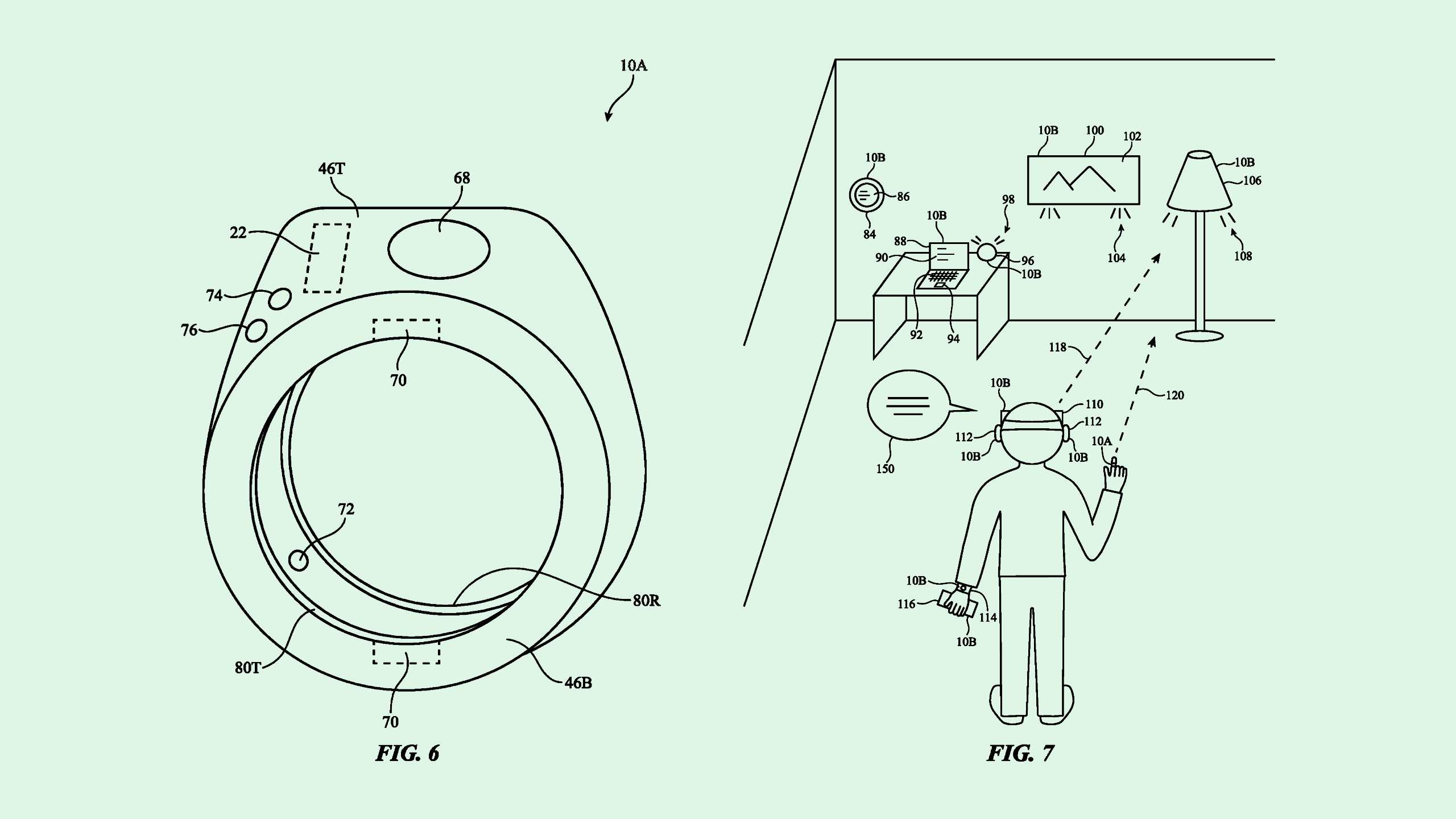
Sign up to uncover the latest in emerging technology.
Apple wants to put a ring on it.
The company filed a patent application for a user-tracking “ring device.” Apple’s patent details a ring that can be used to monitor tons of different biometric signals, including health-related data, movements, voice input, gaze input, and more.
Apple noted that this ring can connect with and offer features from several different types of devices, as a “user may wish to take advantage of one or more of these features, but it can be cumbersome to constantly switch between electronic devices.”
Apple’s ring includes tons of different sensors for tracking and interaction with other devices. For example, the near-field communication sensor can log “health-related actions such as medicine intake,” and the device can track biometrics such as temperature, heart rate, or blood oxygen level.
An inertial measurement sensor can track gestures, such as pointing, for controlling equipment, and a small embedded microphone can pick up voices or other sounds “to infer the context in which the ring device is operating.”
The ring may work in tandem with devices, such as the Vision Pro, to facilitate interactions with virtual content in an artificial reality environment. It could also offer haptic output for “tactile feedback” to simulate “a desired texture sensation as a user is touching a real or virtual object.”
The ring could be configured to control devices throughout a user’s environment, such as smartphones, laptops, TVs, lamps, or thermostats, and create “a map of locations of electronic devices in the user’s home.”
This isn’t the first time we’ve seen Apple consider adding bling to its lineup. In February, Bloomberg’s Mark Gurman reported that the company was weighing a health-tracking ring, though no significant research had gone into the device at that point. The company also has filed several previous patents for high-tech rings.
But with smartphone competitor Samsung launching its smart ring in July, health tech firm Oura skyrocketing in popularity, and startups like Ultrahuman, RingConn, and Amazfit bringing their own offerings, Apple may be eager to jump into the market, said Thomas Randall, advisory director at Info-Tech Research Group.
“It looks like Apple is certainly trying to gear up to move into that market,” he said. “That’s a direct competitive move against Oura, or all these other similar [companies] logging health-related actions.”
If Apple does drop its own ring in the future, it has several major advantages on its side, said Randall. For one, the company’s walled-garden ecosystem means that all of its devices work seamlessly together. The ring described in this filing would provide another means for these devices to interact, he said.
“It’s certainly an advantage when you have a user buy into your broader ecosystem — then it’s almost like a completion game,” said Randall. “They might have the phone, the Mac, the watch, and now the ring to complete the set.”
Its other advantage is privacy. Apple already has a strong position in the health tech market with its smart watch, and has advertised privacy and data security as one of its biggest selling points. Given the sheer amount of data this ring could collect, security is vital.
But Apple has to get a few things right, Randall said: price and form factor. Since the market already has several popular competitors, and Apple’s ring may feature “overlapping capabilities” with its other offerings, consumers may not be interested if it’s far more expensive, he said. Plus, he added, it has to look and feel good enough for all-day wear.


